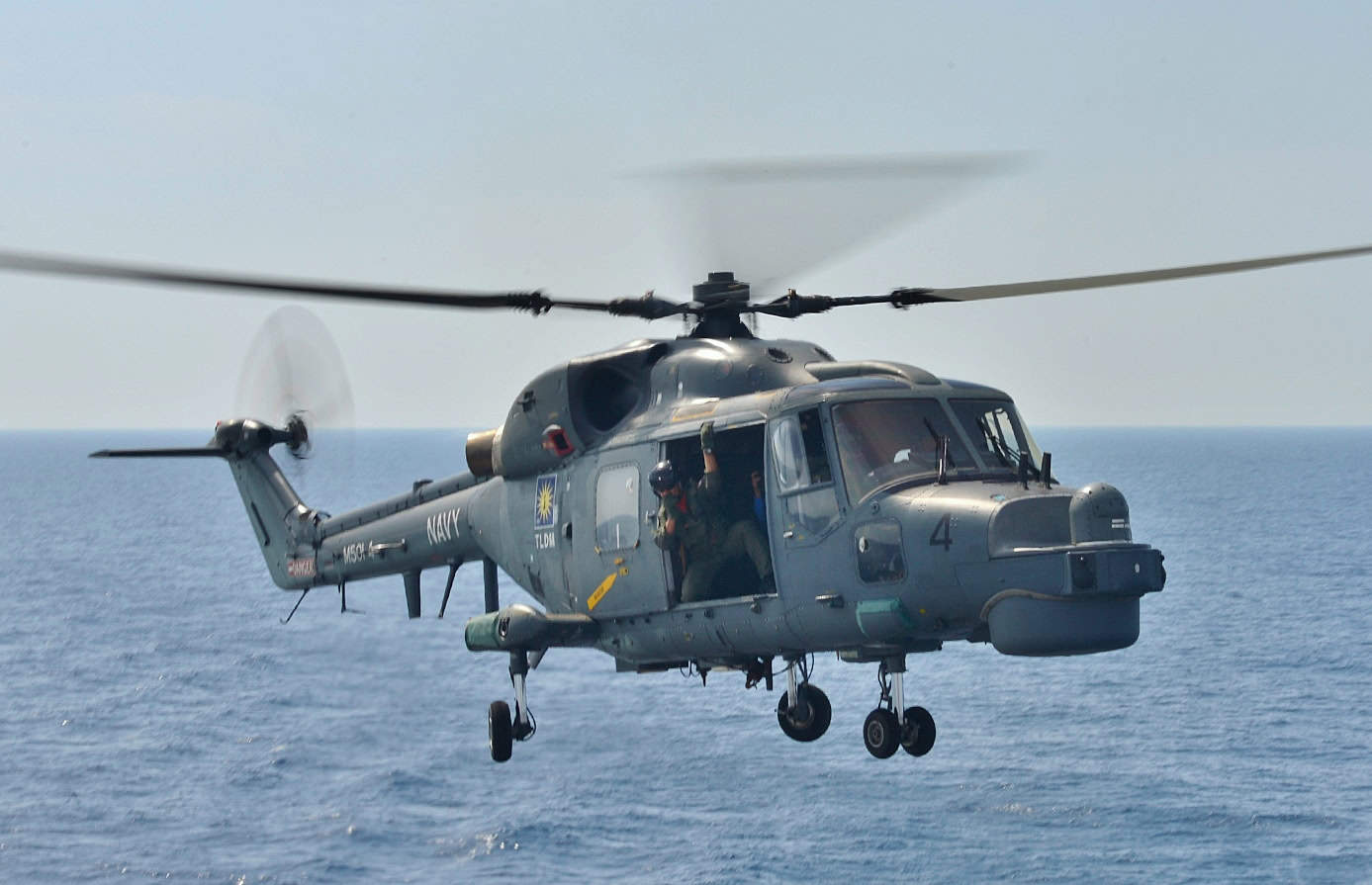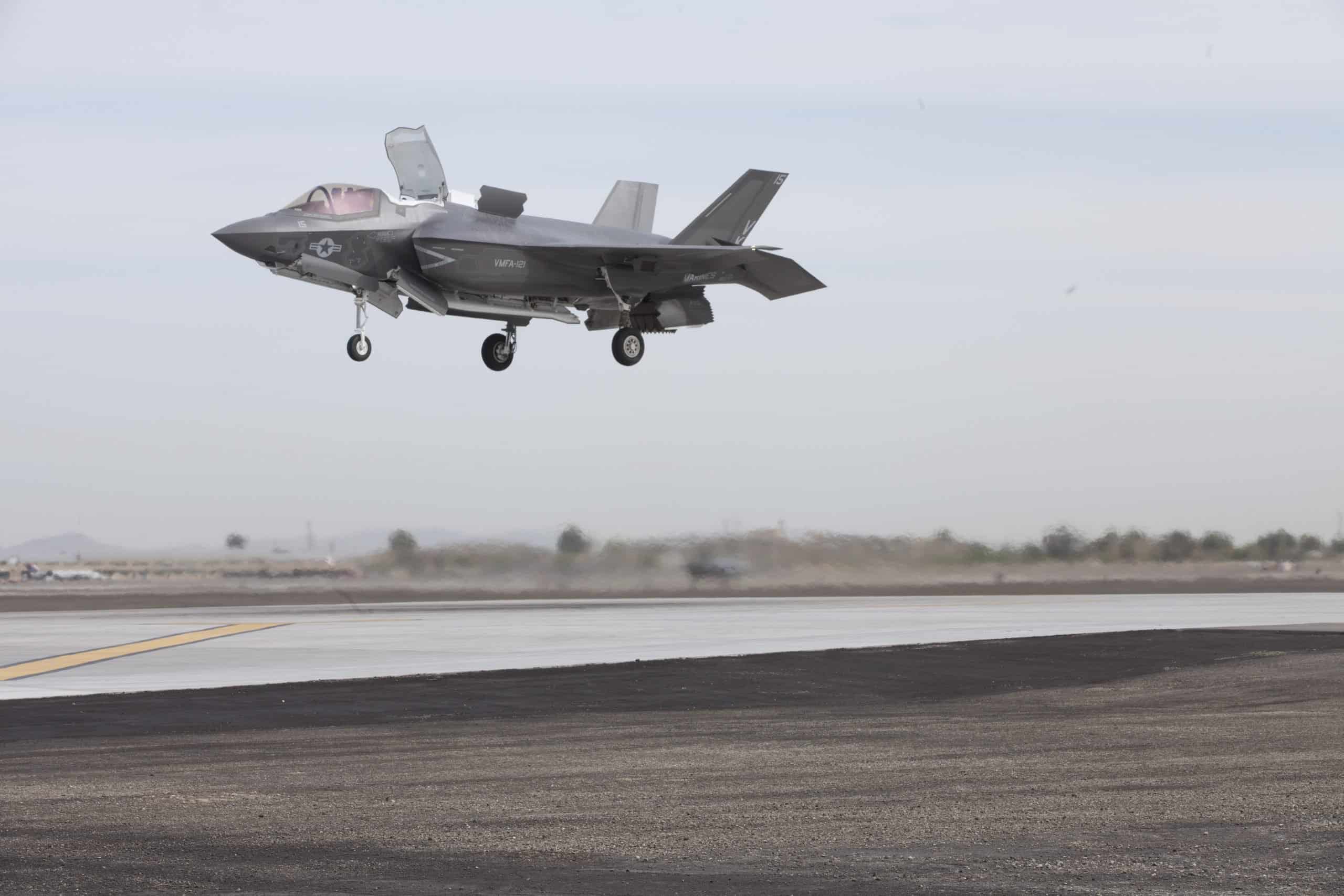Military
This Fighter Jet Can Reach Speeds of 1,550 MPH and Is Crucial to NATO's Aerial Tactics

Published:

The United Kingdom’s Royal Air Force (RAF) is the cornerstone of Britain’s defense capabilities. Its fleet features an impressive array of combat aircraft that combine legacy aircraft with some of the newest next-generation technology. At the center of its fleet is the Eurofighter Typhoon, one of the most advanced combat aircraft to come out of Europe.
For the RAF, the Typhoon does it all as a multirole aircraft. It is powered by two Eurojet EJ200 engines and features a canard-delta wing configuration which allows for a top speed of roughly Mach 2, or 1,550 mph. These jets are used for a slew of aerial missions ranging from ground attack to air superiority.
Operationally, the Typhoon has been deployed in various combat missions since entering service. Notably, this fourth-generation aircraft has been used in enforcing no-fly zones, and it has been actively involved in operations over Libya and Iraq.
The United Kingdom is not the only air force to employ this jet, in fact, much of NATO’s air capabilities rely on the Typhoon. Several other air forces around the world (outside of NATO), including those of Saudi Arabia and Oman, have this jet in their arsenal as well.
However, 24/7 Wall St. is only looking at the RAF’s fleet of combat aircraft today. To identify every combat aircraft in the United Kingdom’s military, 24/7 Wall St. reviewed the 2024 World Air Forces report from FlightGlobal, an aviation and aerospace industry publication. We ordered these aircraft alphabetically. We also included supplemental data on the type of aircraft and top speed. We excluded trainer aircraft.

Understanding the aircraft in the United Kingdom’s Royal Air Force is important as they play a significant role in the nation’s defense and its ability to project power globally. The UK is one of the major powers within NATO, so knowing the specific aircraft this country operates gives context to its military strategies and capabilities, as well as why it is a leading military power in Europe.
The AH-64 Apache is one of the most notorious attack helicopters in the world, and it has been an integral part of the UK’s Royal Air Force. These helicopters are American in origin and were originally introduced in 1986, and can hit a top speed of 183 mph. The Apache has a wide array of armaments, including a 30mm automatic cannon, Hellfire missiles, Hydra rocket pods, and an assortment of air-to-air missiles such as Stinger, Sidewinder, and Sidearm missiles, making it highly versatile on the battlefield.
The AS365 Dauphin is primarily used for transport, search and rescue operations, and other utility roles. It is a medium-lift utility helicopter that saw its introduction to military service in 1978. It is widely known for its speed and reliability, with a top speed of 190 mph, making it one of the faster helicopters in service of the UK, despite having no armaments. The Dauphin is distinguishable by its fenestron tail rotor, which provides improved safety and noise reduction compared to traditional tail rotors.
The AW101 Merlin is a medium-lift multirole helicopter that was first introduced to military service in 1999. There are currently 41 active units in the Royal Air Force. With a top speed of 192 mph, it is equipped for a variety of roles, from troop transport to anti-submarine warfare, thanks to its armament which includes 7.62mm machine guns, torpedoes, anti-ship missiles, rocket pods, and depth charges.
Currently, the Royal Air Force only operates a single active AW109. This helicopter is a multirole helicopter that has been in military service since 1976. It comes armed with a variety of weapons including 7.62mm and 12.7mm machine guns, TOW anti-tank missiles, and rocket pods, making it capable of performing a wide range of military tasks from light transport to direct combat.

The AW159, typically known as the Lynx or Super Lynx, is a multirole helicopter. There are 27 active units in the Royal Air Force. The AW159 boasts a top speed of 158 mph and can be outfitted with a range of armaments including 7.62mm machine guns, 20mm automatic cannon pods, TOW anti-tank missiles, and Sea Skua anti-ship missiles. It can be equipped with torpedoes and depth charges for naval warfare as well. There was a highly modified version of the AW159 Lynx that set the Fédération Aéronautique Internationale’s (World Air Sports Federation) official airspeed record for helicopters (this excludes compound helicopters) at 249.09 mph.
The AW159 Wildcat is the successor to the Super Lynx, featuring advanced avionics and systems. It was introduced to military service in 2014. There are currently 33 active units in the Royal Air Force. These helicopters can reach top speeds around 184 mph and come equipped with 7.62mm and 12.7mm machine guns, rocket and machine gun pods, anti-ship missiles, Hellfire missiles, torpedoes, and depth charges.
The CH-47 Chinook is a medium-lift, tandem rotor transport helicopter that was first introduced in 1962. There are 57 active units in the Royal Air Force. The Chinook is capable of reaching speeds up to 180 mph, and for its armament it primarily carries 7.62mm machine guns for defense. This helicopter is integral in troop movement, artillery emplacement, and battlefield resupply.
The Eurofighter Typhoon is a 4th generation multirole combat aircraft, which entered service in 2003. The Royal Air Force has 120 of these active aircraft currently in its fleet. Capable of achieving speeds up to 1,550 mph, the Typhoon can equip a number of weapons including a 27mm Mauser BK-27 internal cannon standard, as well as various missiles like Sidewinder, IRIS-T, and Meteor, as well as Storm Shadow and Taurus stand-off missiles. It can also deploy both laser-guided and conventional bombs.

The F-35 Lightning II is one of the newest additions to the Royal Air Force. As a fifth-generation strike fighter aircraft, the Lightning II can play a number of roles incorporating the newest stealth technology.
Introduced in 2016, the F-35B Lightning II boasts a top speed of 1,199 mph and can equip a wide variety of weapons. It is one of the newest fifth-generation aircraft to enter service. Currently, there are 29 in active service for the Royal Air Force but many more are on order from Lockheed Martin.
The United Kingdom specifically procured the B-variant of the F-35 for its vertical takeoff and landing capabilities–similar to the capabilities of the Harrier jets that the UK used to fly.
Introduced in 1969, the SA330 Puma is one of the oldest aircraft in service of the Royal Air Force. It is a medium transport and assault helicopter and there are currently 14 active units in service. The Puma can hit top speeds around 170 mph and it can be outfitted with various armaments including 7.62mm and 12.7mm machine guns, along with cannon pods.
Retirement planning doesn’t have to feel overwhelming. The key is finding expert guidance—and SmartAsset’s simple quiz makes it easier than ever for you to connect with a vetted financial advisor.
Here’s how it works:
Why wait? Start building the retirement you’ve always dreamed of. Click here to get started today!
Thank you for reading! Have some feedback for us?
Contact the 24/7 Wall St. editorial team.